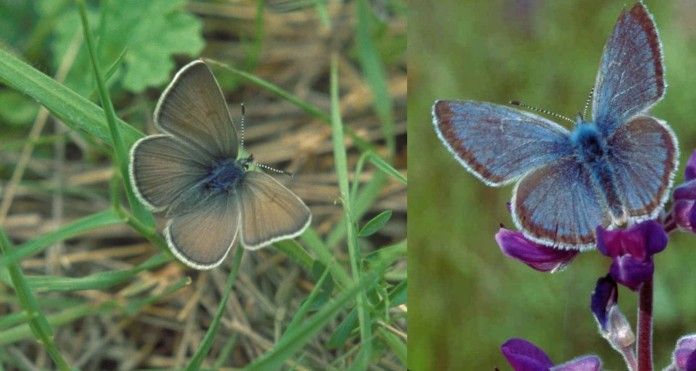
🦋 Endangered blue butterfly quadruples in numbers - saves a lupine from extinction
The conservation work to save a butterfly, once thought to be extinct, causes a chain reaction and saves a lupine from extinction as well.
Share this story!
In the Willamette Valley of Oregon, the Fender’s blue butterfly, once thought to be extinct, is going to be downlisted from endangered to threatened on the Endangered Species List. During the conservation work, a chain reaction occurred and saved a lupine from extinction as well. This is only the second time an insect has made this kind of recovery.

The Fender’s blue butterfly was rediscovered, after it was thought to be extinct for 50 years, back in the 1980s. Scientists figured in order to ensure the species continued survival they had to focus on another species as well. These butterflies rely on a particular species of lupine - the Kincaid lupine.
The team of conservationists wanted to restore the upland (where the butterfly exists) to its pre-colonial state and they welcomed indigenous knowledge back onto the land in order to succeed with their plan. They also spread the Kincaid lupine around the Willamette Valley.
When the butterfly was rediscovered only 3400 individuals existed. Now its number has quadrupled, mostly due to the recovery plan executed by the U.S Fish and Wildlife Service which targeted the revival at scale of Kincaid’s lupine. According to Good News Network, the Kincaid’s lupines was grown en-masse by inmates of correctional facility programs which teaches green thumb skills. This has helped the flower explode in numbers.
After the conservation work for both the flower and butterfly’s comeback, there are now 10 000 individuals found in the Willamette Valley.
By becoming a premium supporter, you help in the creation and sharing of fact-based optimistic news all over the world.


